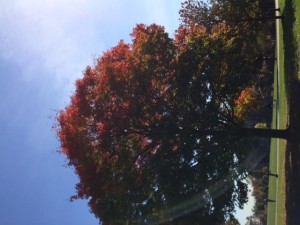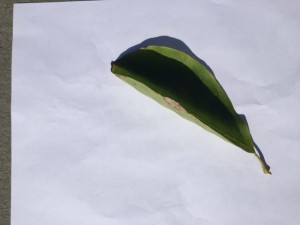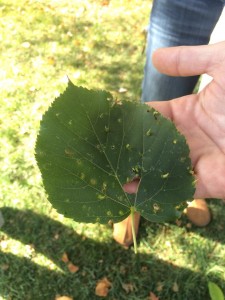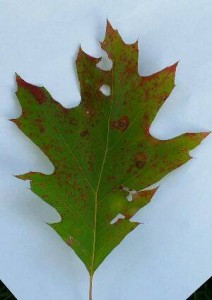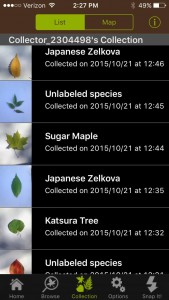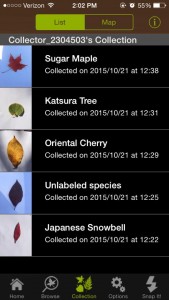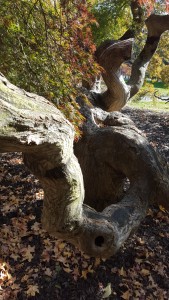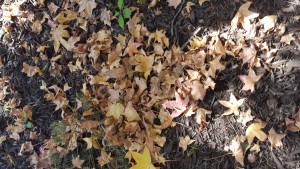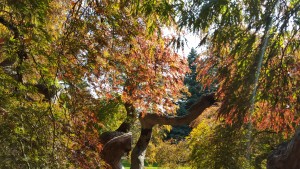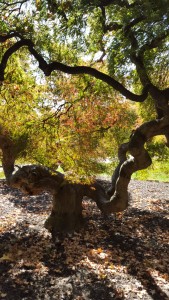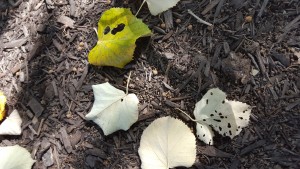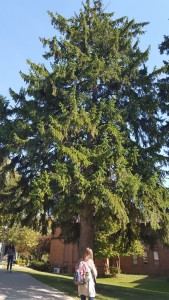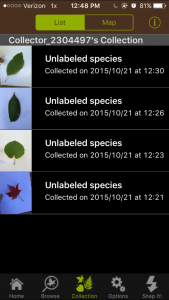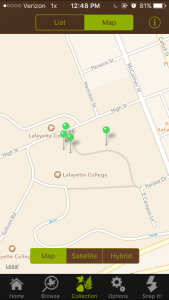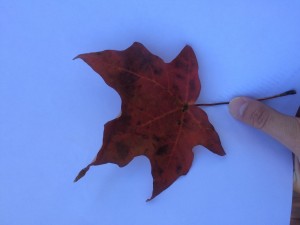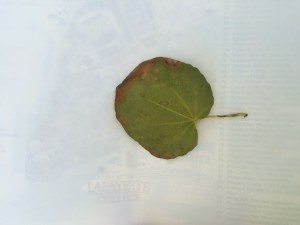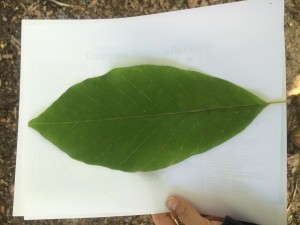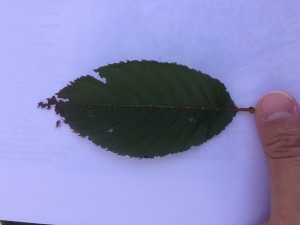What struck me most about walking around campus while paying specific attention to the trees was how oblivious I am. I had been told that lafayette had a ton of rare and different trees across its campus. Despite knowing this, I realized that I have never really paid attention to the trees while I have walked around. While I had noticed they were different shapes and sizes, I had never taken the time to truly appreciate the variety and different types of beauty. When I walked around yesterday afternoon I was struck by how beautiful some of the trees are, and hope to continue to notice them as I walk around campus.
Joey ritter and I walked from acopian to farinon and then around behind Pardee. While we looked at many trees and tried to determine what they were from the pamphlet, we paid extra attention to three of them and tried to determine what they were from both the guide and from leafsnap.
The first tree that really caught my eye was this one on the edge of the quad. What was interesting to me was that the tops of the leaves and the ones that seemed to be exposed to more sunlight were far redder than the average leaf.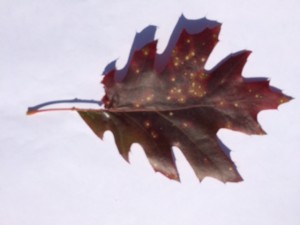
We tried to put this leaf into leafsnap to determine the tree but got no results. It seemed to be a maple potentially.
The third tree we attempted to put into leafsnap came up with a few results, but we were unable to determine which was correct. It listed White Ash, Corkscrew Willow, and English Elm as all possibilities for this leaf.

